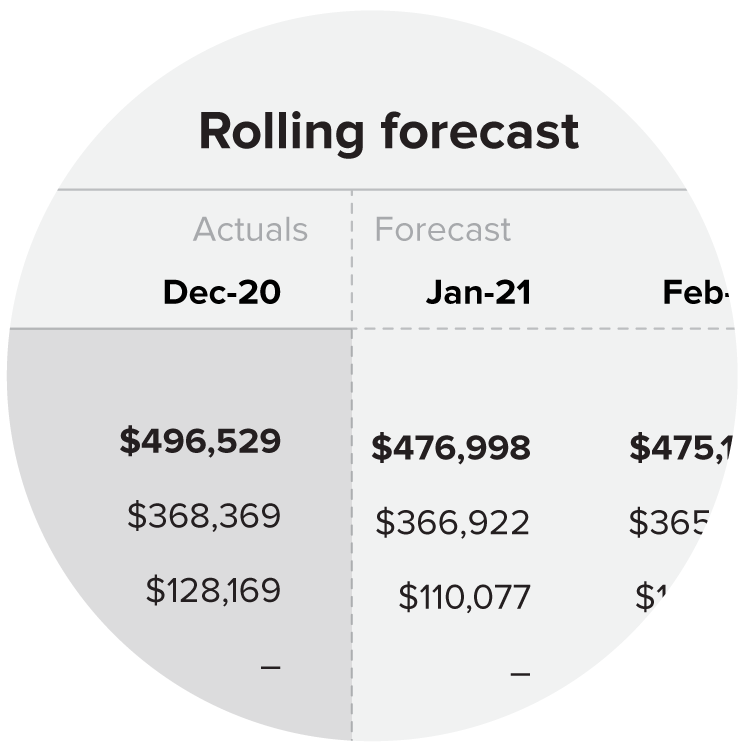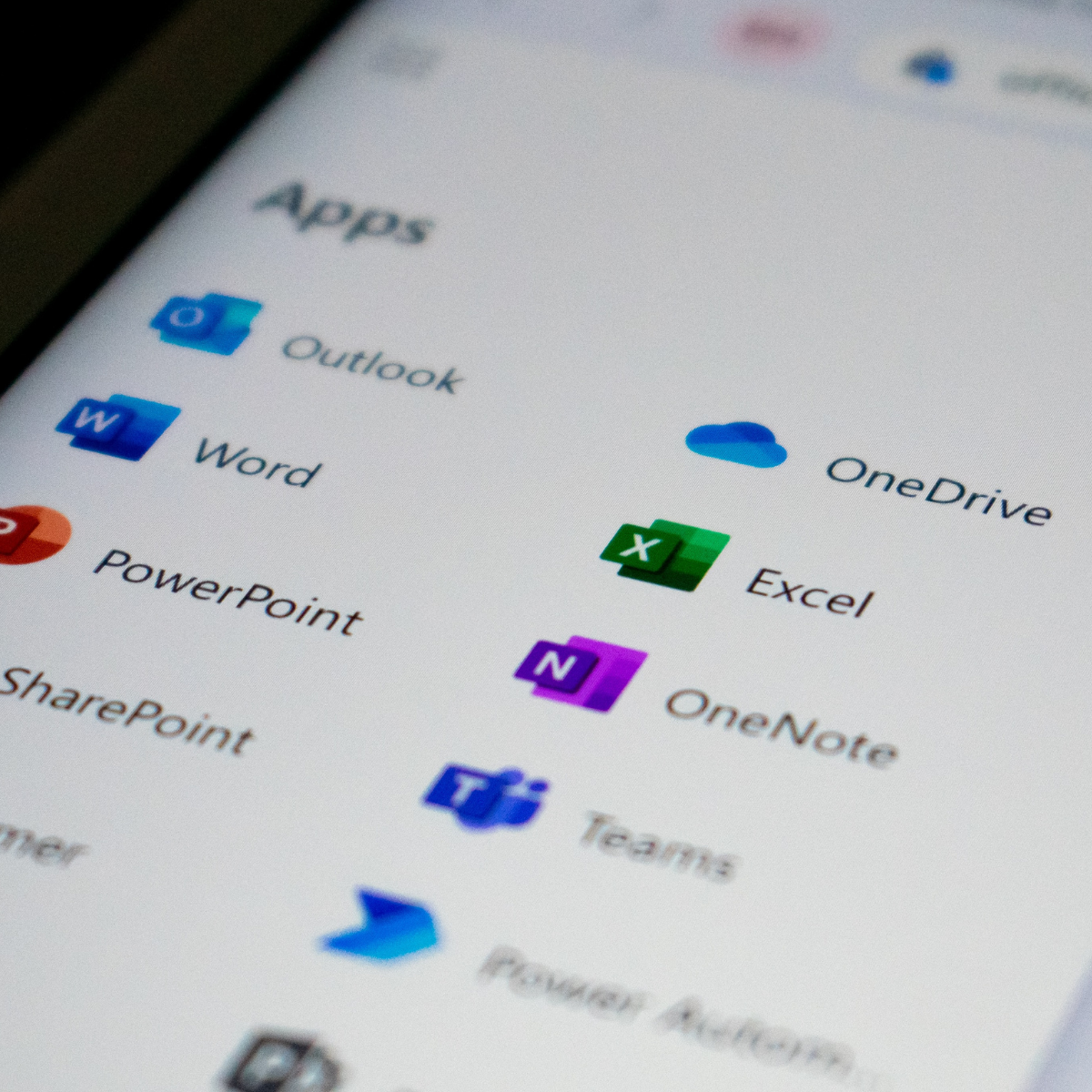Cash flow forecasting is the process of estimating cash flows for future periods in order to determine the financial position of the company.
As the founder of your company, you likely know this. But predicting future revenue and expenses serves various purposes. At its core, it’s performed to ensure the business is able to meet its obligations to creditors. When used as a tool, forecasts propel a business forward and can ultimately help you feel more confident in your decision-making and plans for your organization.
A basic example of forecasting
The cash flow forecast is the sum of the expected cash outflows and inflows. Outflows are generally payables for salaries or other expenses, while inflows can be revenue payments from customers, external investment or even financing from a bank.
Forecast example
Imagine that you are the founder of an industrial design agency in its infancy. Your main clients are major corporations with inflexible billing and payment terms (30 days net, after delivery of a work package). In short—the agency doesn’t get paid before work is complete.
The agency is small but sales are growing. Unfortunately, the company has not yet reached a size or order velocity to keep a constant cash inflow—it's boom or bust. There are months with little or no revenue coming in, and others where the company is getting paid for several months worth of effort.
As an agency, your monthly expenses are relatively stable. A few salaries to pay, some subcontractors, and expenses for rent, utilities, and equipment. But because much of the effort is performed upfront, it’s challenging to be sure that expenses are always covered by revenues.
To ensure you have enough cash to bridge those dry months, you’ve decided to seek outside investment, or secure a line of credit from the bank. To accomplish this goal, you’ll need a cash flow forecast. Any potential lender or investor will want to see that over the long-term you are planning to be cash flow positive.
In addition to helping secure outside funding, establishing a regular cash flow forecast will also have added internal benefits. It will aid your growth planning, and it will also help you answer important questions like: when can you afford to hire additional employees? At what point will you be consistently cash flow positive?
Because you don’t yet have software in place, your head of finance will need to collect the data and generate the cash flow forecast manually. They assemble the expected invoicing (and payment) schedule from the sales and operations teams to determine the cash inflows and make a summary of the known cash out-flows.
Now, armed with your cash flow forecast and the knowledge that you need a software tool for regular cash flow forecasting, you’re ready to talk to the bank.
Goals of cash flow forecasting for startups
The central principle behind implementing a cash flow forecast is to help the business maintain sufficient (but not excessive) liquidity to pay its obligations and ensure the continued operation of the business.
Additionally, there may be other strategic reasons behind maintaining a cash flow forecast. It can also be used to help the company:
- Define a plan to reduce debt or interest
- Perform strategic short- or long-term planning
- Make decisions on how to finance desired growth or necessary investments
- Determine acceptable payment terms with customers
Methods of cash flow forecasting
Your cash flow forecast can be created using either the direct or indirect method.
The direct cash flow method is generally a bottom-up approach used for the short-term forecast — often less than 90 days. To create it, expected receipts from customers or debtors and the upcoming payments to creditors are all tallied together.
The output shows the level of cash necessary to ensure the company has sufficient working capital.
Indirect cash flow forecasting shows the cash available (or necessary) for the company to accomplish its longer-term objectives. For example: Next year, will the company be able to invest in the equipment necessary for its growth initiatives without outside funding?
The indirect cash flow forecast is often derived from existing pro forma statements. By adjusting the forecasted EBITDA (EBIT excluding depreciation and amortization) by the changes to the balance sheet (accounts payable, accounts receivable, changes in accruals accounts) you can get a fairly accurate picture of the future cash flow.
Cash flow forecasting challenges
Let's explore a few challenges associated with some of the “standard” approaches to cash flow forecasting.
High effort
Especially at larger, multi-site organizations, the cash flow forecast requires lots of input from multiple sources. The process may rely on shared spreadsheets and not follow a systematic process. This drives a tendency for errors and makes consolidating inputs challenging.
Lack of awareness
Employees and stakeholders may not understand the purpose and importance of having a solid cash flow forecast. This inhibits buy-in, especially when they perceive limited tangible benefits to their daily work.
Low value to individual stakeholders
For an accurate forecast, the perception persists that a massive amount of manual inputs are necessary. This means the cash flow forecast requires considerable effort on the part of individual sites or business units.
On the other side of that, there’s a feeling that it’s a kind of “black box” reporting. Lots of effort and information is submitted, but there is rarely any feedback.
Difficult consolidations
With multi-site organizations, inter-company topics and multiple currencies present challenges for consolidating the cash flow forecast. This is of course magnified if the company is not using software or systems but trying to do everything through spreadsheets.
Furthermore, linking the short-term and long-term forecasts to present a cohesive future picture of the business has its own challenges.
Keys to accurate cash flow forecasting
Secure organizational buy-in
Because of the challenges presented by cash flow forecasting, it’s important to have buy-in from stakeholders at all levels. Sponsorship from top executives for the initiative can go a long way towards increasing acceptance.
Making sure the teams are well educated on the purpose and importance of the cash flow forecast can also drive motivation and buy-in. It also helps to have the cash flow forecast generate easy to understand visuals. A chart of the future cash flows is more easily understood by the team than a large spreadsheet table.
Focus on the big picture
Finding the right balance between accuracy and precision can go a long way both for motivating the team and deriving more value to the organization. Although it depends on your business model and the environment you operate in, long-term accuracy is often preferable to short-term precision.
Automated and easy-to-use systems
Anything you can do to eliminate sources of error will improve the accuracy of your cash flow forecasting. Reduce manual input to a minimum and use systems and software tools instead of spreadsheets.
Linking your cash flow forecast with your existing reporting will further simplify your cash flow forecasting process. This way, with each change to your actuals and forecasts, it remains constantly updated.
Continuous variance analysis
One of the best ways to make your cash flow forecast more accurate is continuously performing variance analysis. Regularly checking actual vs. forecast, forecast vs. forecast and forecast vs. historical trends will help the organization learn. Processes will be improved through this trial and error and over time the forecasts will become more accurate.
Manage a great cash flow forecasting process
If you’re ready to move away from complicated spreadsheets and towards a software tool, Jirav can help. Jirav’s financial forecasting and modeling tools link to all of your systems and data sources, freeing you up to focus on making more strategic decisions for your business. You can finally stop worrying about manually updating massive Excel files to get your cash flow forecast right.
With a purpose-built tool like Jirav, you can start getting the insights you need to make smarter plans and forecasts. Chances are, you founded your company with goals for what you hoped to achieve—let Jirav help you reach those goals while driving your business forward with confidence. Reach out today to learn more!












